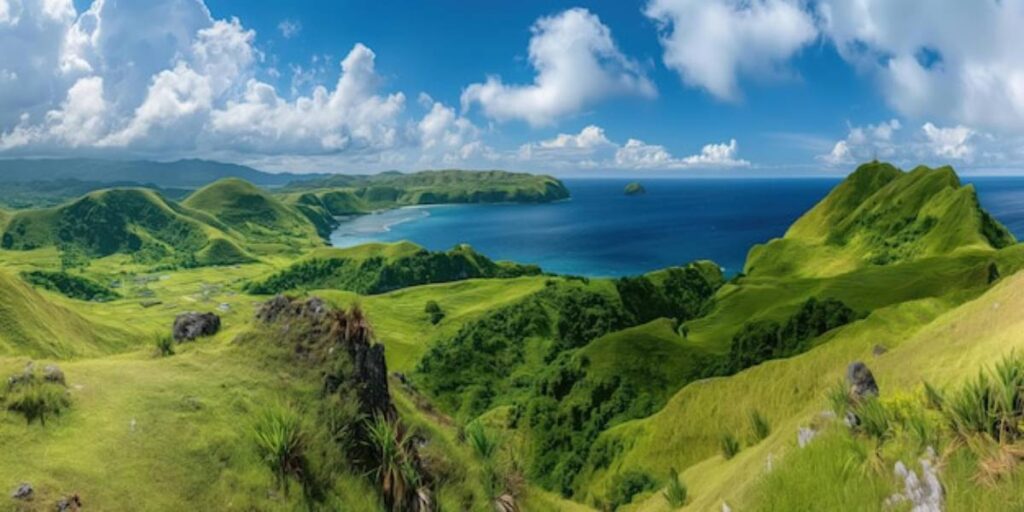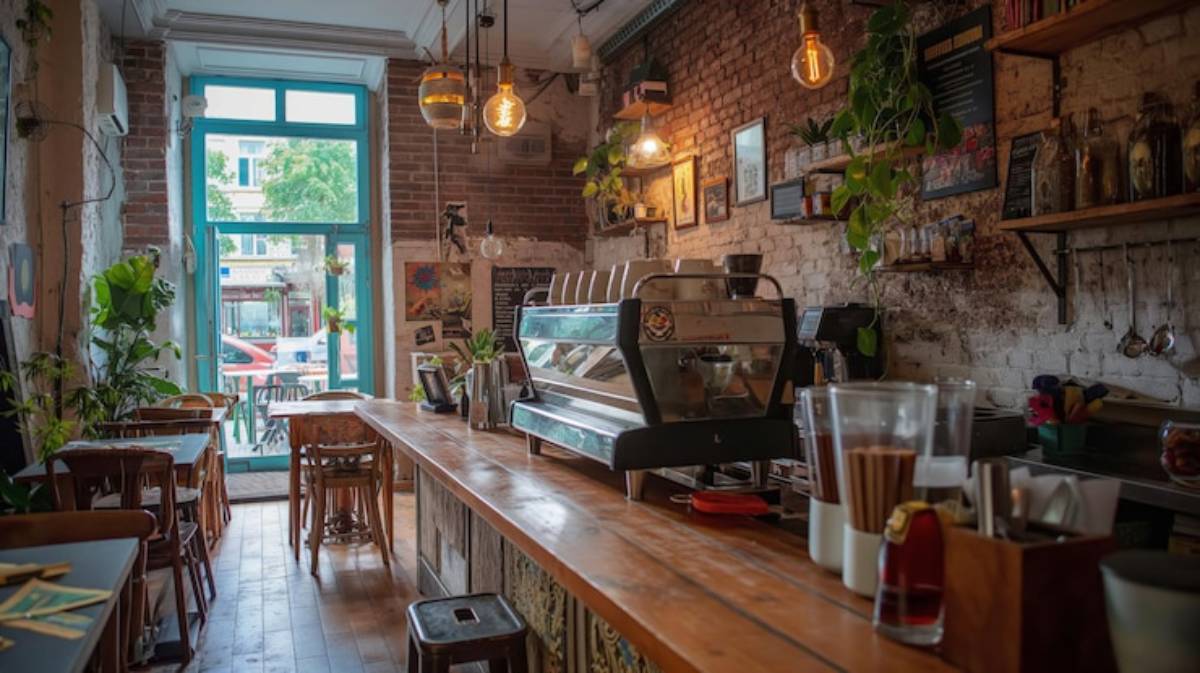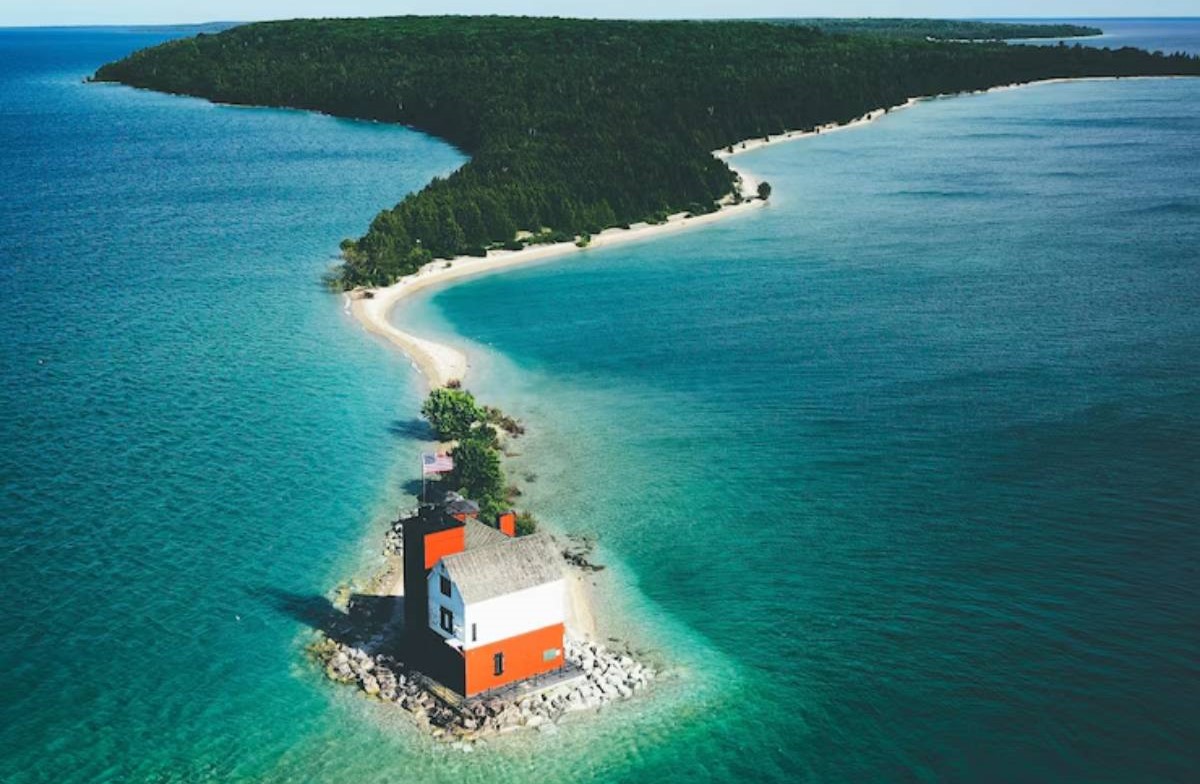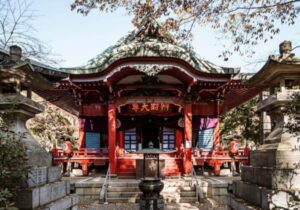The Travel Blog

Batanes, Philippines: The Land of Rolling Hills and Stone Houses
Discover a Timeless Island of Solitude and Heritage
Ever felt the need to disconnect from everything and simply breathe? That’s the effect Batanes, Philippines, has on you. Located at the northernmost tip of the country, this archipelagic province is known not for bustling cities or tropical beaches, but for wind-swept cliffs, rolling green hills, and centuries-old stone houses that whisper tales of resilience and culture.
Batanes is one of those hidden gems in the Philippines that hasn’t been swarmed by tourism. Instead, it welcomes you with unmatched tranquillity, warm Ivatan hospitality, and an abundance of natural and cultural beauty. If you’re yearning for a slower pace, cultural depth, and views that stir your soul, you’re in the right place.
Let’s take a journey through Batanes—from its iconic hills to its proud heritage sites.
A Geographic Wonder Worth the Journey

Getting to the Edge of the Philippines
Batanes may be small, but getting there feels like travelling to another world. Flights operate from Manila or Clark to Basco, the provincial capital, typically lasting 1.5 hours.
Why Batanes feels different:
- It’s composed of 10 islands, only 3 of which are inhabited
- It’s closer to Taiwan than to Manila
- It boasts one of the lowest population densities in the country
This remoteness contributes to Batanes’ well-preserved landscape and cultural traditions.
Must-Visit Spots in Batanes
1. Marlboro Country (Racuh a Payaman)
This is the most iconic viewpoint in Batanes. Nicknamed after the Marlboro Man commercials, Racuh a Payaman presents rolling hills dotted with grazing cows, dramatic cliffs, and endless ocean views.
Tips:
- Visit early morning or sunset for the best lighting
- Respect local grazing areas and stay on trails
2. Basco Lighthouse and Naidi Hills
A perfect sunset spot near Basco town, where a 66-foot lighthouse stands as a quiet guardian over the sea.
Don’t miss:
- The art café nearby for snacks and local art
- Panoramic shots of Mount Iraya on a clear day
3. Sabtang Island
Hop on a falowa (traditional boat) and explore this small island known for its authentic Ivatan villages and cultural heritage sites.
Must-sees:
- Chavayan Village: home to centuries-old stone houses
- Sabtang Weavers Association: where locals still make traditional headgear called vakul
- Morong Beach and the natural stone arch
Want more cultural immersion? Read How to Document Your Journey Through Asia’s Hidden Corners.
4. Vayang Rolling Hills
Unlike Racuh a Payaman, these hills offer a sweeping view of the West Philippine Sea. It’s less crowded, and the scenery is no less spectacular.
Ideal for:
- Quiet contemplation
- Photography and drone shots
- Star-gazing on clear nights
5. Honesty Coffee Shop

This unattended café operates on an honour system. Take what you want, list it down, and leave your payment in a box. It symbolises the honest and respectful Ivatan culture.
Cultural Richness: Meet the Ivatans
Who Are the Ivatans?
The Ivatan people are the indigenous inhabitants of Batanes. Known for their honesty, simplicity, and resilience, they have adapted to the harsh climates and isolation of the islands for generations.
Cultural traits:
- Use of vakul (headgear made from palm fibre) for sun and rain
- Building stone houses to withstand typhoons
- Deep communal ties and mutual aid systems
Local Experiences
- Stay in a heritage homestay to learn about daily Ivatan life
- Try local dishes like uvud (banana pith meatballs) and lunis (Ivatan-style adobo)
- Watch how dried flying fish are prepared — a staple food and a fascinating process
Responsible Travel Tips for Batanes

Travel Lightly
With its fragile ecosystem and tight-knit communities, Batanes requires thoughtful travel.
Do:
- Respect private properties and agricultural lands
- Use refillable water bottles
- Dress modestly in villages
Avoid:
- Taking home rocks, shells, or other natural artefacts
- Littering (even biodegradable waste can upset the ecosystem)
Support Local
From buying crafts to hiring local guides, supporting the community is the best way to ensure Batanes remains sustainable.
Travel Planning Essentials
When to Visit
- Best time: March to June (dry and calm seas)
- Avoid: July to November (typhoon season)
How to Get Around
- Tricycle tours: Great for small groups
- Bikes: Rent one for scenic self-guided adventures
- Private vans: For those who want a bit more comfort
What to Pack
- Lightweight clothes + windbreaker (it can get chilly)
- Sunscreen and a hat
- Power bank (some areas have limited electricity)
- Motion sickness tablets for boat rides
The Sound of Silence: Finding Stillness in Batanes
In Batanes, silence isn’t empty — it’s alive. It hums through the wind rustling over the cliffs, echoes in the slow rhythm of waves meeting rugged shores, and settles softly in the quiet spaces between village conversations. Unlike destinations that dazzle with noise and spectacle, Batanes invites you to listen — not just to its natural symphony, but to your own thoughts.
Spend a morning sitting alone on a grassy hilltop and you’ll understand. No push notifications. No traffic hum. Just rolling green under your feet and endless sky overhead. It’s the kind of silence that doesn’t feel lonely — it feels full.
For travellers burdened by constant motion and digital noise, this stillness becomes one of Batanes’ most valuable offerings. Here, even doing nothing feels meaningful.
Batanes, Philippines, isn’t just a feast for the eyes — it’s nourishment for the spirit. Its landscape inspires awe, its culture teaches humility, and its people redefine what it means to be kind.
Whether you find yourself gazing over wind-swept hills or listening to stories inside a stone house, Batanes invites you to slow down and truly connect.
If you’re searching for a travel experience that balances natural wonder with heartfelt authenticity, Batanes should be on your radar.
Feeling moved? Share this article, leave a comment about what inspired you, or start planning your trip to this rare island sanctuary.
Discover another rich cultural region in Dili, East Timor: Emerging City with Rich History.









